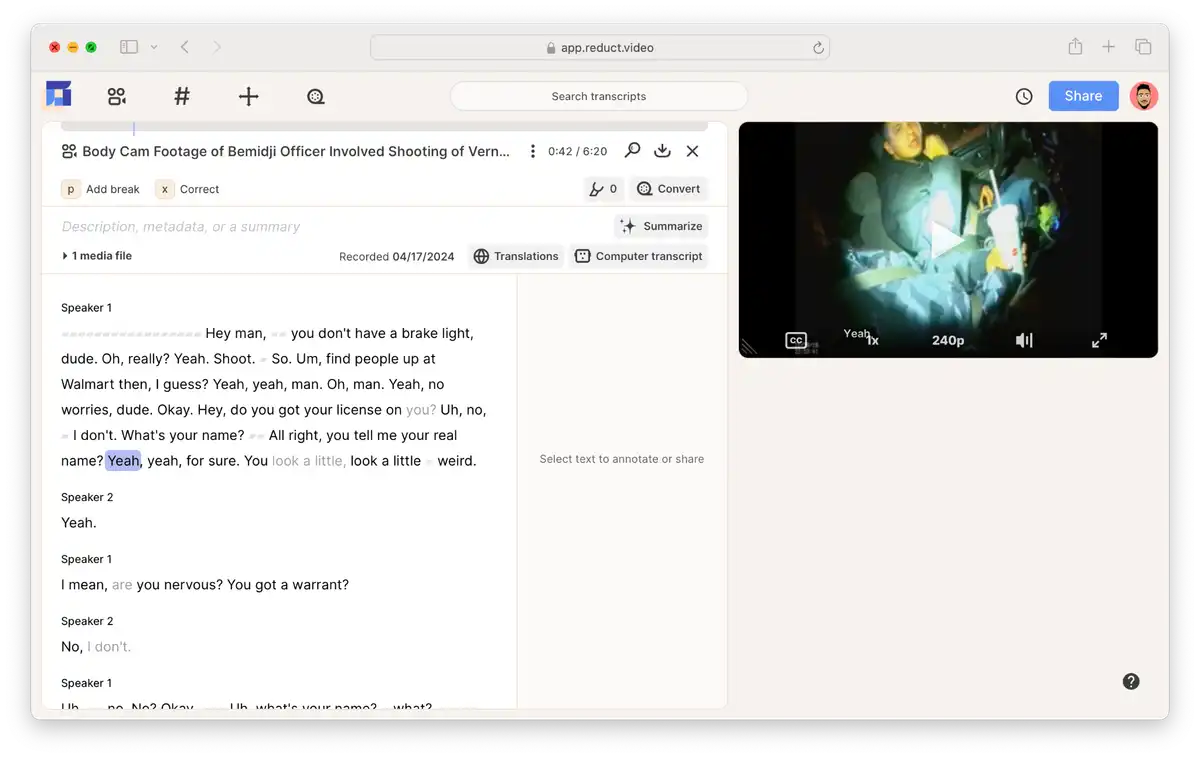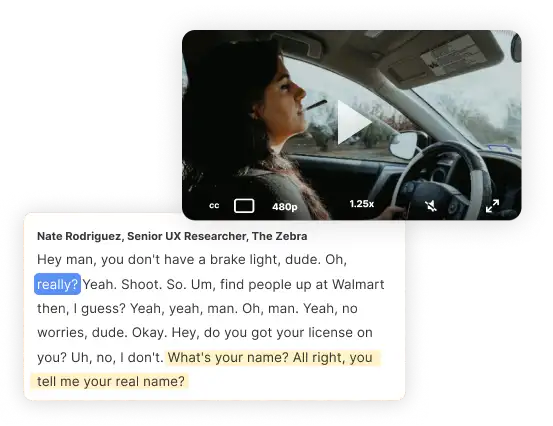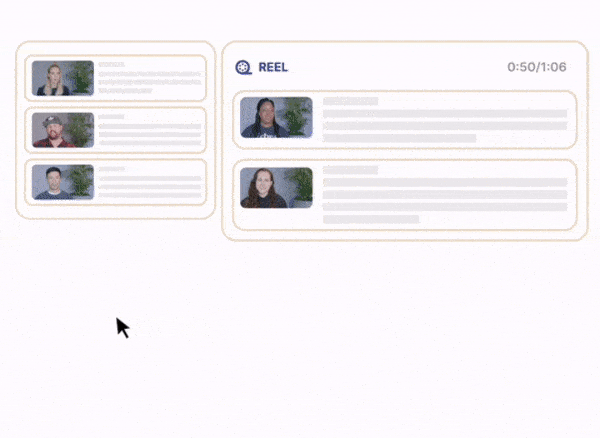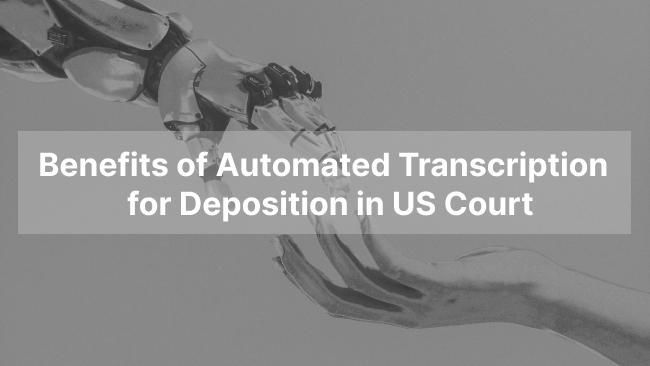How to review DUI / DWI video footage efficiently
April 2024
·
4 min read

Based on the Annual Report by the Addison Police Department, there was an increase of approximately 16.8% in DUI arrests from 2022 to 2023.
As a criminal defender, understanding how to effectively sift through overwhelming quantities of digital evidence can be crucial in building a strong defense for your clients. But with the body camera, the backseat camera, their dash camera, you can easily be handed 40 hours of video footage for a single DUI or DWI case. And this may just be one of ten cases on your desk. Overwhelming, right?
In this article, I'll show you how to review large volumes of DUI/DWI video footage efficiently. So you can ensure that no critical detail is overlooked and that you extract valuable insights from the evidence to strengthen your case.
Step into the future with Reduct
Manage, analyze, and leverage audio-visual evidence with ease.

AI has been crawling its way into the legal domain and now can help you with the decisive task of building evidence in a fraction of the time.
Reduct is an AI-based tool tailored towards lawyers to transcribe, search, organize, redact, clip and weave together video evidence from large quantities of audio and video.
How to review DUI / DWI video footage efficiently
Step 1: Get transcription you can rely on, case after case

Reduct helps you get accurate AI-generated transcripts of all video and audio evidence. Reduct is designed to work well with complex audio with a lot of background noises, which is often the case with body-cam footage, 911 dispatch voicemails, dash cams and other low quality audio-visual sources.
These transcripts often get generated within minutes of you uploading the footage. With unlimited storage, you can even bulk import hours-long footage and create a repository of all your audio and video evidence, a must-have for firms working with footage recorded 24-7, 365 days.
Reduct supports transcription as well as translation in 90+ languages and equips you to handle cases where your clients speak foreign languages.
Step 2: Make your case by using the power of video
Once your footage is transcribed in Reduct, you can search through the text for specific words or phrases. This feature turns hours of footage into easily navigable content. With this, you can go from a 10-hour video to a precise phrase that was said with a quick search.
With Reduct, you can highlight/tag relevant sections, clip, trim, and assemble segments to illustrate video exhibits for your case, all by just working with the transcript.

Finally, you can also redact any information from your video that is not relevant to your case, making sure you comply with the privacy laws.
Step 3: Share video evidence with a light of a link
Reduct is completely cloud-based, meaning you can share the evidence with clients throughout the process. When you need to collaborate, you can create a private URL and invite relevant stakeholders to the Reduct project.
Once you are done building your case, you can share the evidence in various formats.
You can also download the transcript or videos with synced captions in the language of your choice.
Checklist to help you review DUI / DWI video footage in Reduct
- Start with a Plan: Before diving into the footage, define what you’re looking for. Identify key phrases or events that are crucial to the case.
- Search for phrases: Instead of having the watch the entire footage, search for key phrases that you’ve identified. You don't have to spend hours and hours finding the right footage.
- Use Transcripts: Read through the transcript first to spot important parts. This approach saves time by allowing you to jump directly to relevant sections of the video.
- Highlight and Annotate: You can highlight significant moments or annotate with comments for later reference.
- Build Your Case: Assemble your highlights and annotations to create a persuasive narrative. Make sure this assembled video evidence comes with a caption to make the narrative clear.
- Redact before share: Make sure you go through the entire video evidence and redact faces, names, or any sensitive information not relevant to your case from the video, audio and transcript.
Your AI assistant to help you deal with hours and hours of footage
For criminal defense lawyers dealing with DUI cases, it is pivotal to adopt a process that helps reduce the hours spent on video review.
Reduct can be your go to assistant to help you do just that, allowing your team to concentrate on defending your clients more effectively.
Don't let the flood of digital evidence drown you. If you’d like to explore more about Reduct, we would be happy to jump on a call and understand you and your use case better.


